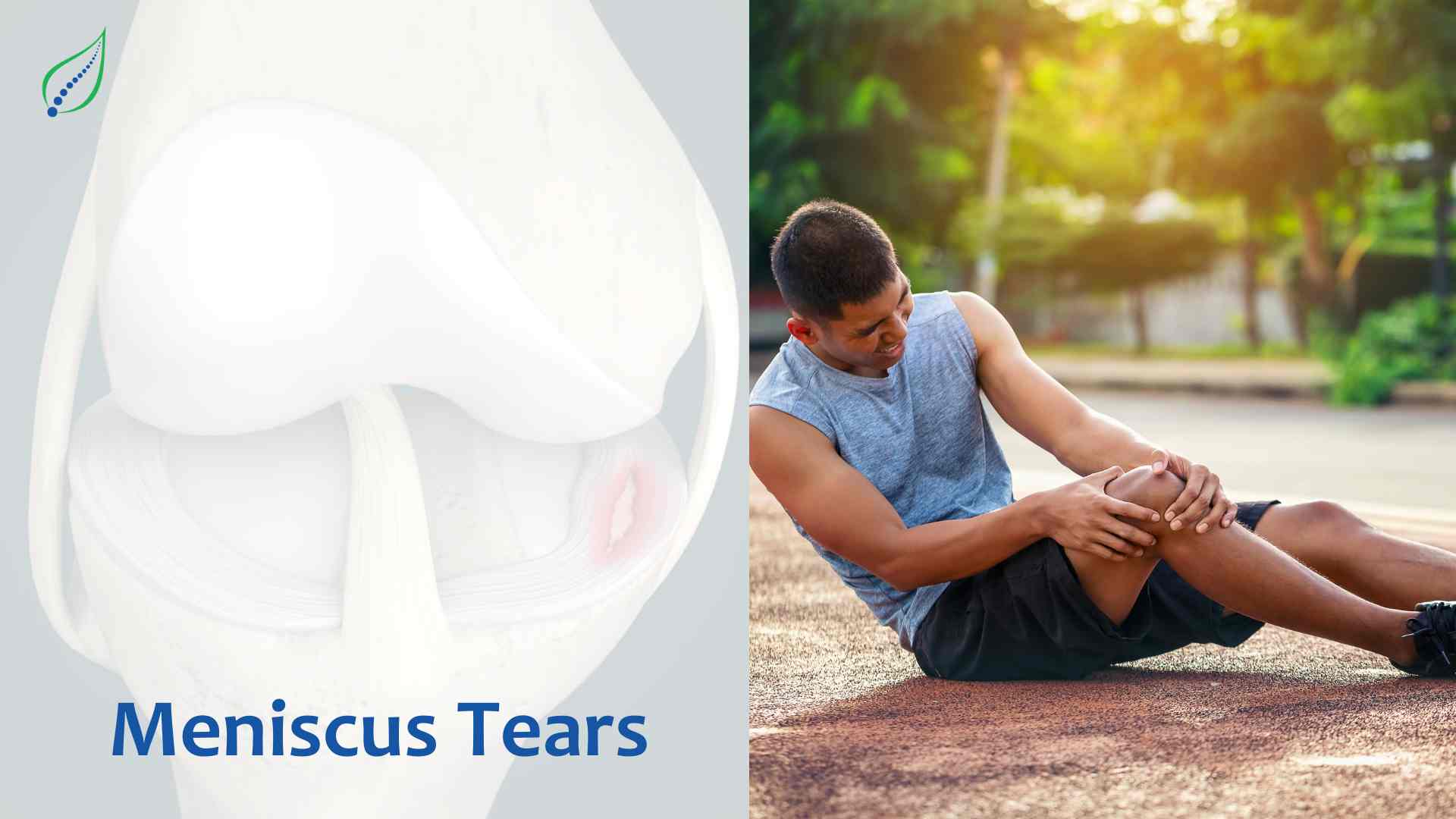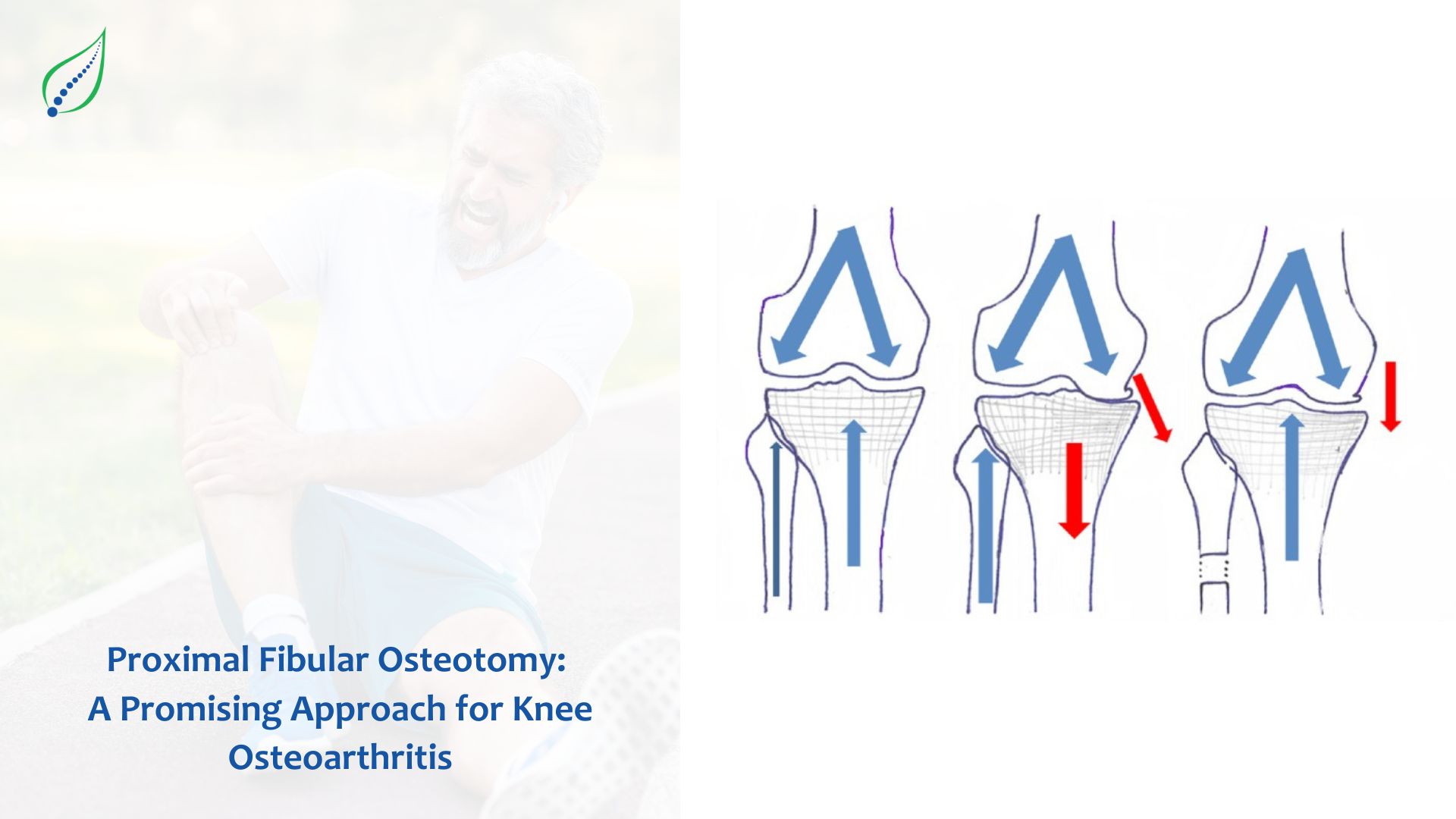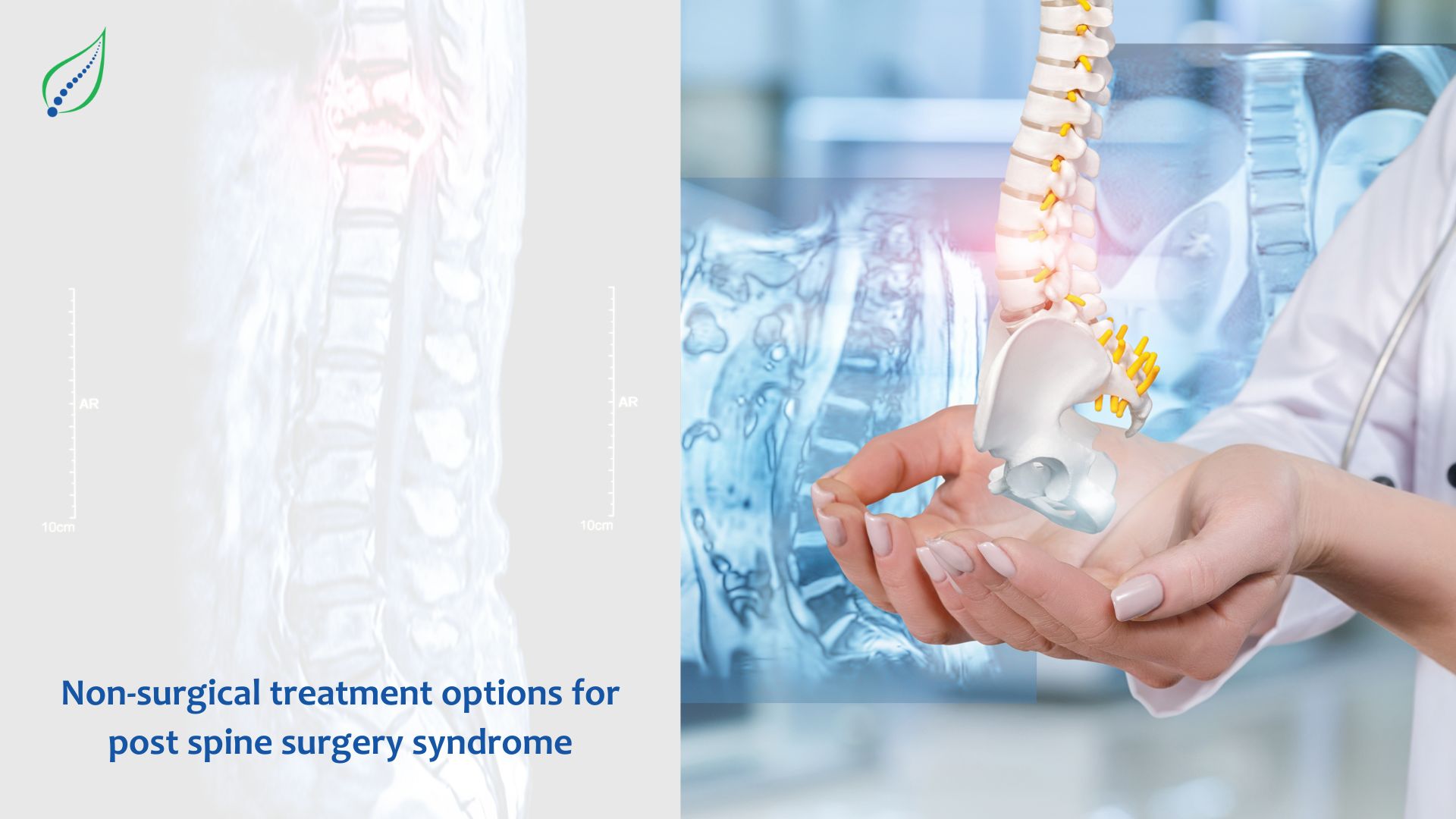Understanding Meniscus Tears: Causes, Symptoms, and Treatment Options
A meniscus tear is one of the most common knee injuries. The meniscus is a C-shaped piece of tough, rubbery cartilage that acts as a shock absorber between your shinbone and thigh bone. There are two menisci in each knee - the medial meniscus on the inner side of the knee and the lateral meniscus on the outer side. When the meniscus is damaged or torn, it can be very painful and debilitating. In this blog post, we’ll take a closer look at meniscus tears - the anatomy, common causes, symptoms, diagnosis, treatment options, and recovery.
Meniscus Anatomy
The main job of the menisci is to distribute the weight across the knee joint and act as shock absorbers. Each meniscus is attached to the tibial plateau (top of the shinbone) on one end and to the joint capsule on the other end. The outer two-thirds of the meniscus has a good blood supply but the inner one-third has a very poor blood supply. This is important because tears in the vascular (well-supplied) region have a much better ability to heal compared to tears in the avascular (poorly supplied) region.
Causes of Meniscus Tears
There are several factors that can contribute to a torn meniscus:
- Sudden Twisting Injuries: Quickly twisting or rotating the knee can lead to tears, especially when the foot is firmly planted. This commonly happens during sports like football, basketball, tennis, and skiing.
- Degenerative Changes: Wear and tear over time can weaken the meniscal cartilage, making it more susceptible to tearing. This is more common in older adults.
- Direct Blows: A hard direct impact on the knee, like a tackle, can also damage the meniscus.
- Overuse: Repeated minor injuries to the knee over time, especially when combined with weak muscles, can also be a factor.
Anatomical Factors: Having flat feet, knock knees, or a discrepancy in leg length may increase risk.
Symptoms of a Meniscus Tear
The most common symptoms of a meniscus tear include:
- Pain - this may be sharp and come on suddenly during activity or more of a dull, aching pain. The pain is usually felt along the joint line on either the inside or outside of the knee.
- Swelling - there may be mild swelling around the knee joint shortly after the injury.
- Locking/Catching - you may feel a catching or locking sensation when trying to bend or straighten the knee. This happens when the torn meniscal fragment gets caught in the joint.
- Instability - the knee may feel wobbly or unstable, like it's going to give out.
- Stiffness - there may be knee stiffness, particularly after sitting for a while. Pain and stiffness after sitting are hallmark symptoms.
- Limping - you’ll likely limp and avoid bearing weight through the injured leg.
- Clicking/popping - some people report clicking, crunching or popping noises when moving the knee.
Diagnosing a Meniscus Tear
If a meniscus tear is suspected based on the mechanism of injury and symptoms, the physician will perform a physical examination of the knee joint. They will look for joint line tenderness, swelling, range of motion, and perform stability tests. Most often, imaging tests are needed to confirm the diagnosis:
- MRI - This is currently the gold standard for diagnosing meniscus tears. It allows a detailed view of the soft tissues including the menisci.
- X-rays - These help rule out fractures and arthritis but won't reveal meniscus tears directly. Still, they may be done initially after an injury.
- CT scan - A CT scan can sometimes provide a 3D view of complex tears when MRI alone isn’t sufficient.
- Diagnostic arthroscopy - If imaging is inconclusive, the surgeon may perform a minimally invasive diagnostic knee arthroscopy. This involves inserting a tiny camera into the joint for a direct view.
Non Surgical Treatment Options for Meniscus Tears
The treatment plan depends on the type of meniscus tear - complex vs simple, location, stability of the knee, and the patient’s age and activity level. Here are some common treatment approaches:
- Rest and Ice: For acute tears, resting the knee along with ice packs and over-the-counter anti-inflammatory medication may be sufficient. Crutches can assist with avoiding weight bearing.
- Physical Therapy: Physiotherapy is almost always included as part of rehab. Gentle stretching and range of motion exercises may be incorporated early on. The focus is on gradually strengthening the leg muscles to improve stability and function.
- Platelet Rich Plasma Injections: Patients own blood is used to prepare platelet rich plasma concentrate and is then injected at the painful tear site. Based on the response and pain reduction, second injection of PRP is done within 3 to 6 weeks. It has shown excellent results in meniscus tear and helps in natural healing.
Final words
In summary, meniscus tears are extremely common knee injuries but often avoidable with proper conditioning. Understanding the anatomy, causes, and symptoms helps in seeking prompt treatment. Diagnostic imaging can confirm the tear while treatment ranges from conservative care to surgery depending on the location and type of tear. Rehab and staying active provides the best recovery.




